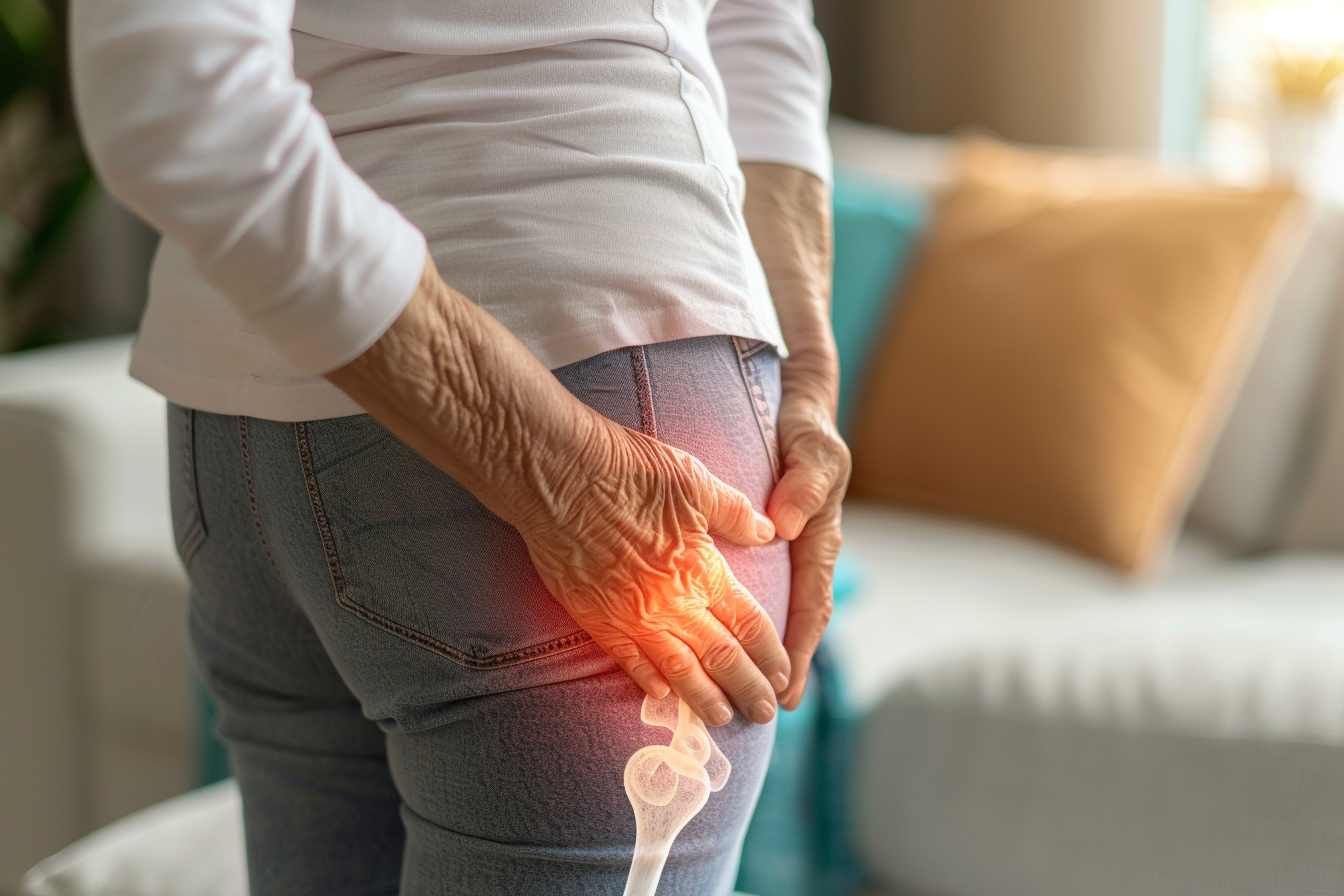How to relieve knee osteoarthritis naturally in 2025: Top tips on plants, exercise, and nutrition
Discover evidence-based natural approaches that may help support joint comfort and mobility. Learn about lifestyle habits, balanced nutrition, and gentle physical activity that can contribute to maintaining healthy knees and overall joint well-being over time.

Managing knee osteoarthritis naturally involves a multifaceted approach that combines plant-based remedies, physical activity, and dietary modifications. These complementary strategies can work alongside conventional treatments to reduce inflammation, strengthen supporting muscles, and promote joint health. Understanding the options available helps individuals make informed decisions about their care.
Natural Remedies for Osteoarthritis and Their Uses in 2025
Plant-based remedies have been used for centuries to address joint discomfort. Turmeric, containing the active compound curcumin, has demonstrated anti-inflammatory properties in various studies. Ginger offers similar benefits and may help reduce pain perception. Green tea extracts rich in polyphenols show promise in protecting cartilage. Boswellia serrata, derived from frankincense, has been researched for its potential to inhibit inflammatory enzymes. Devil’s claw, a South African herb, is traditionally used for joint support. While these natural remedies may offer relief, their effectiveness varies between individuals, and quality of supplements matters significantly.
Supportive Herbal Creams and Ointments for Knee Osteoarthritis
Topical applications provide localized relief without systemic effects. Capsaicin cream, derived from chili peppers, works by depleting substance P, a pain transmitter in nerves. Arnica montana preparations are popular for reducing bruising and inflammation. Comfrey ointments contain allantoin, which may support tissue repair. Menthol and camphor-based products create cooling sensations that temporarily distract from pain. Essential oil blends incorporating lavender, eucalyptus, or peppermint offer aromatherapeutic benefits alongside potential anti-inflammatory effects. When selecting herbal creams, check ingredient concentrations and conduct patch tests to avoid allergic reactions. These topical treatments work best when applied consistently as part of a broader management strategy.
Recommendations for Light Activity and Exercises for Knee Osteoarthritis
Physical activity strengthens muscles surrounding the knee joint, improving stability and reducing stress on cartilage. Low-impact exercises prove particularly beneficial. Swimming and water aerobics allow movement without bearing full body weight. Cycling on stationary bikes maintains range of motion while building quadriceps strength. Tai chi combines gentle movements with balance training, reducing fall risk. Yoga offers flexibility benefits and stress reduction. Specific strengthening exercises include straight leg raises, hamstring curls, and wall squats. Range-of-motion activities like knee bends and leg extensions maintain flexibility. Start gradually, ideally under physiotherapist guidance, and increase intensity slowly. Consistency matters more than duration; even 15 minutes daily provides benefits. Listen to your body and distinguish between muscle fatigue and joint pain.
Meal Planning Tips and Diet for Osteoarthritis
Nutritional choices significantly impact inflammation levels and joint health. An anti-inflammatory diet emphasizes whole foods while limiting processed items. Omega-3 fatty acids from fatty fish like salmon, mackerel, and sardines help reduce inflammatory markers. Colorful fruits and vegetables provide antioxidants that combat oxidative stress; berries, leafy greens, and cruciferous vegetables prove particularly beneficial. Whole grains offer fiber and nutrients without spiking blood sugar. Nuts and seeds provide healthy fats and minerals. Olive oil contains oleocanthal, a compound with anti-inflammatory properties. Foods to limit include refined sugars, trans fats, excessive red meat, and highly processed items. Maintaining healthy weight reduces mechanical stress on knee joints. Adequate hydration supports cartilage function. Some individuals find keeping a food diary helps identify personal triggers. Consider working with a registered dietitian to develop a personalized meal plan that addresses nutritional needs while supporting joint health.
Physical Assistance and Osteoarthritis Treatment Approaches in 2025
Beyond self-care measures, various physical assistance methods support osteoarthritis management. Physiotherapy provides personalized exercise programs and manual therapy techniques. Occupational therapy helps adapt daily activities to reduce joint stress. Assistive devices like knee braces offer stability during movement. Walking aids such as canes or walking poles redistribute weight. Heat therapy relaxes muscles and increases blood flow, while cold therapy reduces acute inflammation. Transcutaneous electrical nerve stimulation (TENS) units may provide pain relief through electrical impulses. Hydrotherapy combines warmth and buoyancy for comfortable exercise. Massage therapy addresses muscle tension around affected joints. Acupuncture shows promise in some studies for pain management. Weight management programs reduce mechanical load on knees. These approaches work best when integrated into comprehensive care plans developed with healthcare professionals.
Combining Approaches for Optimal Results
The most effective natural management of knee osteoarthritis typically involves combining multiple strategies rather than relying on a single method. A typical day might include taking herbal supplements with breakfast, applying topical cream before morning exercises, performing 20 minutes of gentle stretching or water-based activity, eating an anti-inflammatory lunch rich in vegetables and omega-3s, using heat therapy in the afternoon, and ending with relaxation techniques. Tracking symptoms helps identify which combinations work best for individual needs. Regular monitoring allows adjustments as conditions change. Patience proves essential, as natural approaches often require several weeks to show measurable benefits. Maintaining open communication with healthcare providers ensures natural methods complement rather than interfere with medical treatments. While natural approaches offer valuable support, they should not replace professional medical advice, particularly for severe or rapidly worsening symptoms.
This article is for informational purposes only and should not be considered medical advice. Please consult a qualified healthcare professional for personalized guidance and treatment.




